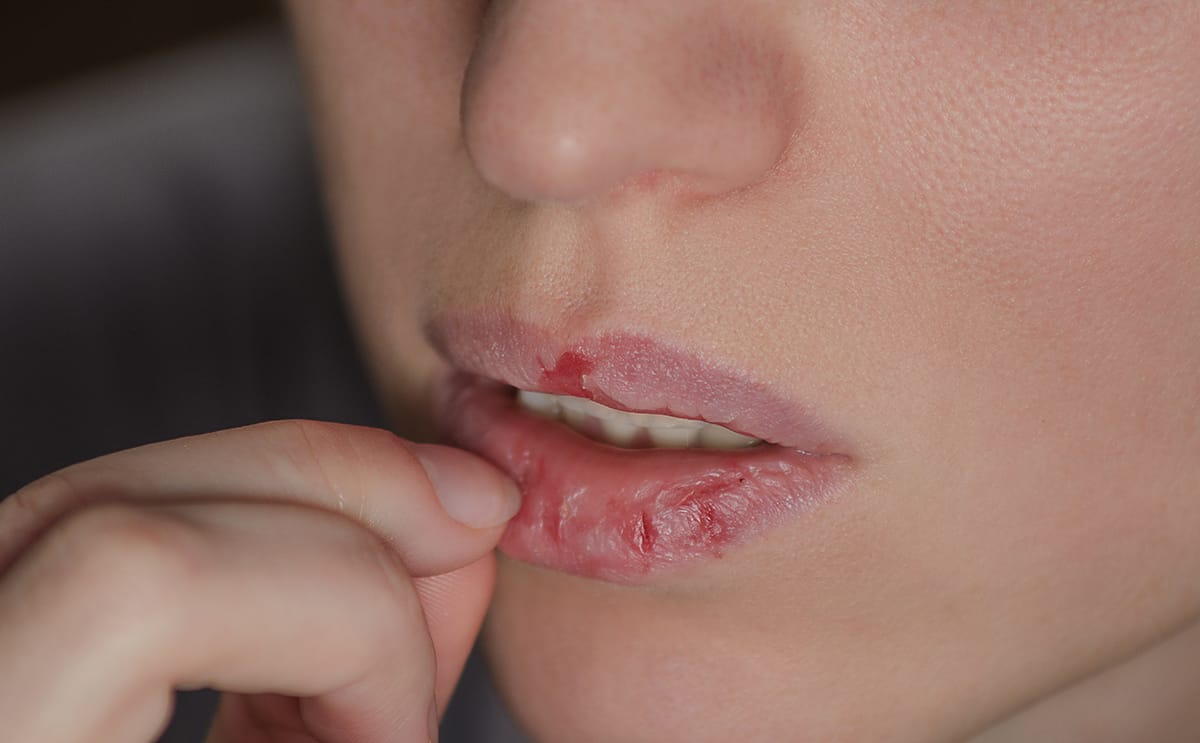
Compulsive Skin Picking – What Is Dermatillomania?
Dermatillomania, also known as skin picking disorder (SPD), is a serious problem in which an individual picks at their skin to the extent that it causes wounds. Many people don’t have an awareness of this condition but 2% to 3% of the population actually struggles with it. If you struggle with compulsive skin picking, you aren’t alone.
SPD is considered to be an impulse control disorder that is related to obsessive-compulsive disorder. Occasionally, individuals will also display characteristics of other disorders such as substance abuse, borderline personality disorder or body dysmorphic disorder. Dermatillomania is most common among teenagers and young adults. Females are more likely to struggle with it than men and may need to seek treatment for OCD
Symptoms of Dermatillomania
Individuals who suffer from dermatillomania may exhibit symptoms like:
- Skin picking
- Compulsively rubbing skin
- Skin scratching
- Repetitive touching
- Digging into skin
- Squeezing skin repetitively
Skin picking is often accompanied by intense emotions and can be done with the fingers or by use of other tools, like tweezers. Most sufferers of SPD focus on a primary area of their body, with the face being the most common.
Effects of Skin Picking Disorder
The skin can become discolored and scarred, with occasional severe episodes of major tissue damage. In rare cases, skin grafting can be required. Infection can also become a problem. Individuals who suffer from this behavioral issue can experience feelings of guilt and helplessness, along with shame and embarrassment. These feelings come as a result of the physical effects of the disorder and can be cyclical, driving the individual to pick more.
Diagnosis
Although some believe that dermatillomania is the result of another disorder, recent studies and changes in the field of psychology suggest otherwise. A separate category for this area of disorders has been added to the DSM-5. In order to receive a diagnosis in this category, the person must:
- Experience some of the symptoms listed above
- Be under clinical distress or impairment
- Have symptoms that are not caused by a medical, substance or dermatological condition
- Have symptoms that cannot be explained by another psychiatric disorder
In order for an accurate diagnosis to be made, help from a medical professional should be sought.
Treatment Options
Evidence shows that treatment is most effective when both pharmacological therapy and behavioral therapy are used in conjunction with one another. Medications that inhibit specific serotonin neurotransmitters are found to help reduce compulsive behaviors and obsessive thoughts. Cognitive-behavioral therapy is administered to help the individual understand their behavior patterns and thoughts so they can begin a healthy, guided direction down the path of healing.
At Promises Behavioral Health, we offer a variety of treatment options. These may include:
- Dialectical behavioral therapy
- Art therapy
- Inpatient Anxiety Treatment Centers
- Equine therapy
- Mood Disorder Treatment Centers
- Mental Health Treatment Programs
- Individual Therapy programs
Learn more about compulsive skin picking and treatment options by calling 844.875.5609 today.
